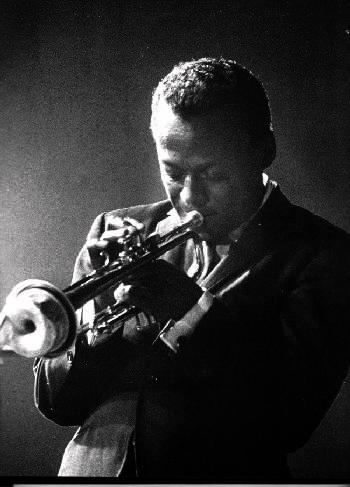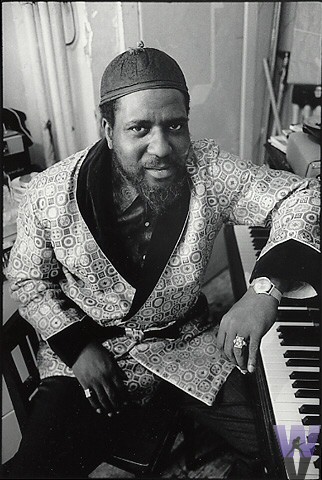
Art Blakey could seriously pound those skins, in fact, he pounded them harder than anyone. Art Blakey was joined by Horace Silver in early 50s to form a jazz group unlike any other. This group was called The Jazz Messengers. From this period on, this group became Blakey's main focal point.
Blakey was also a very demanding band leader. He once said "When you get on stage with me, you better blow." He was very serious too. If you didn't play your horn or your bass or your piano, he would pound you out. A strong characteristic of Blakey's bands were their ability to navigate through very fast syncopated lines and keep this energy and momentum going for a whole piece of music. Nobody played bebop like Blakey, nobody.
Most of Blakey's band members have gone on to do great things of their own: Lee Morgan, Wayne Shorter, Cedar Walton, Horace Silver, Donald Byrd, Freddie Hubbard, Bobby Timmons, Wynton Marsalis, Benny Golson, Walter Davis, Jr., Curtis Fuller, Terence Blanchard, Hank Mobley, and the list goes on.
Here are some essential Art Blakey recordings:
The Big Beat - 1960 Blue Note Records
Moanin' - 1958 Blue Note Records
A Night In Tunisia - 1960 Blue Note Records
Free For All - 1964 Blue Note Records
Caravan - 1962 Riverside Records
Ugetsu - 1963 Riverside Records
The Jazz Messengers - 1956 Columbia Records


